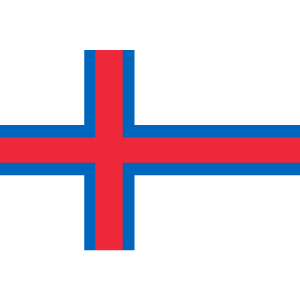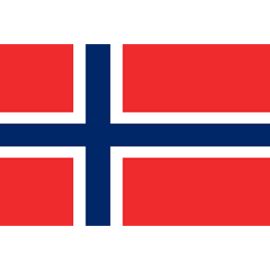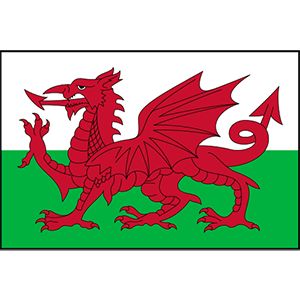Search results
Other games
Group B GP W D L Pts 1  France
France8 7 1 0 22 2  Netherlands
Netherlands8 6 0 2 18 3  Greece
Greece8 4 1 3 13 4  Republic of Ireland
Republic of Ireland8 2 0 6 6 5  Gibraltar
Gibraltar8 0 0 8 0 Group C GP W D L Pts 1  England
England8 6 2 0 20 2  Italy
Italy8 4 2 2 14 3  Ukraine
Ukraine8 4 2 2 14 4  North-Macedonia
North-Macedonia8 2 2 4 8 5  Malta
Malta8 0 0 8 0 Group E GP W D L Pts 1  Albania
Albania8 4 3 1 15 2  Czech Republic
Czech Republic8 4 3 1 15 3  Poland
Poland8 3 2 3 11 4  Moldova
Moldova8 2 4 2 10 5  Faroe Islands
Faroe Islands8 0 2 6 2 Group F GP W D L Pts 1  Belgium
Belgium8 6 2 0 20 2 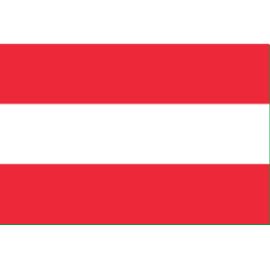 Austria
Austria8 6 1 1 19 3 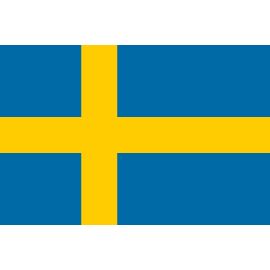 Sweden
Sweden8 3 1 4 10 4  Azerbaijan
Azerbaijan8 2 1 5 7 5  Estonia
Estonia8 0 1 7 1 Faroe Islands. Coordinates: 62°00′N 06°47′W. The Faroe or Faeroe Islands ( / ˈfɛəroʊ / FAIR-oh ), or simply the Faroes ( Faroese: Føroyar, pronounced [ˈfœɹjaɹ] ⓘ; Danish: Færøerne [ˈfeɐ̯ˌøˀɐnə] ), are an archipelago in the North Atlantic Ocean and an autonomous territory of the Kingdom of Denmark.
- Overview
- Land
- People
- Economy
- Government and society
- History
Faroe Islands, group of islands in the North Atlantic Ocean between Iceland and the Shetland Islands. They form a self-governing overseas administrative division of the kingdom of Denmark. There are 17 inhabited islands and many islets and reefs. The main islands are Streymoy (Streym), Eysturoy (Eystur), Vágar, Suduroy (Sudur), Sandoy (Sand), Bordo...
Composed of volcanic rocks covered by a thin layer of moraine or peat soil, the islands are high and rugged with perpendicular cliffs—the highest at Mount Slaettara (Slaettaratindur; 2,894 feet [882 metres]) on Eystur Island—and flat summits separated by narrow ravines. The coasts are deeply indented with fjords, and the narrow passages between islands are agitated by strong tidal currents.
Britannica Quiz
Islands and Archipelagos
The climate is oceanic and mild, with little variation in temperature and frequent fog and rain; annual precipitation totals 60 inches (1,600 mm). The warm North Atlantic Current keeps the harbours free of ice. Natural vegetation is moss, grass, and mountain bog. The islands are naturally treeless because of the cool summers, strong westerly winds, and frequent gales, but some hardy trees have been planted in sheltered plantations. There are no toads, reptiles, or indigenous land mammals; hares, rats, and mice came on ships. Seabirds are numerous and were in earlier times economically important—the puffin as food and the eider for feathers.
The Faroese are of Scandinavian origin; many are descendants of Norwegian Vikings who colonized the islands about 800 ce. About a fourth of the population lives in Tórshavn, the remainder live in small settlements, almost all of which are on the coasts. The official languages are Faroese—most closely related to Icelandic—and Danish. Most islanders ...
Since 1900 the economy of the islands has changed from agricultural (primarily sheep raising) to one based on fishing and related industries, especially the export of frozen and dried cod. Supplements to fishing include fowling and sheep raising—wool is still used in a small, home-based spinning and knitting industry. Little of the land is cultivat...
The islands are a self-governing region within the Danish state and send two representatives (elected every four years) to the Folketing, the Danish legislature. The Faroe Islands Parliament (Lagting) has 32 elected members, who in turn elect an executive body (Landsstyre) headed by a chairman. Foreign policy, defense, and the monetary and judicial systems are overseen by the Folketing. A commissioner represents Denmark in the islands. Education is based on the Danish system. The islands have good medical services. For a long time a substantial minority has sought full independence from Denmark, and in 1999 the Landsstyre entered negotiations with the Danish government about conditions for full independence. An important point in the talks was the yearly payment of one billion Danish krone from Denmark as half the export earnings.
Are you a student? Get Britannica Premium for only 24.95 - a 67% discount!
The name first appeared as Faereyiar (c. 1225), meaning “Sheep Islands,” which presumably led to the national symbol, a ram. First settled by Irish monks (c. 700), the islands were colonized by the Vikings (c. 800) and were Christianized by the king of Norway (c. 1000). The remains of a Gothic cathedral, begun in the 13th century but never completed, are at Kirkjubøur (Kirkebø). The Faroes became a Norwegian province in 1035 and passed to Denmark with the rest of Norway in 1380. Separated from Norway administratively in 1709, they were attached to the diocese of Zealand and became a Danish royal trade monopoly, which inhibited economic development.
Early Faroese oral literature became the basis for modern nationalism in the 19th century and led to the creation of a written Faroese language by the folklorist Venceslaus Ulricus Hammershaimb. Nationalist agitation hastened the restoration of the old Faroese Lagting (a combined jury and parliament) in 1852 and the end of the trade monopoly in 1856. A Home Rule Party was formed in 1906. During World War II Great Britain controlled the Faroes while the Germans occupied Denmark, a situation that strengthened demands for home rule. After the Lagting elections of 1946 reversed the majority vote for independence in an earlier plebiscite, negotiations began again in Copenhagen. In 1948 the islands were granted self-government under the authority of Denmark, with their own flag and unit of currency (the krona); Faroese was given equal status with Danish. The University of the Faroe Islands in Tórshavn was founded in 1965.
- The Editors of Encyclopaedia Britannica
Located in the Northeast Atlantic, the Faroe Islands comprise 18 small islands, characterised by steep cliffs, tall mountains, narrow fjords – and a population of 55,000. The Faroese language derives from Old Norse, which was spoken by the Norsemen who settled the islands 1200 years ago.
Mar 1, 2024 · It takes at least two days to see the obvious hits on these 18 islands, let alone get under the skin and find some special spots of your own. And that’s if the weather is good! Most people visit the Faroe Islands for a week or less, which allows time to explore, eat out, hike a few trails and drive along a good few sheep-filled roads.
Mar 3, 2024 · Laura Hall. Mar 3, 2024 • 6 min read. Planning a trip to the Faroe Islands? Start with our ten must-do activities © Nowaczyk / Shutterstock. Nothing makes you feel the force of nature like a stay in the Faroe Islands.
“Góðan dag” Come and experience what. the Faroe Islands have to offer. START YOUR FAROESE ADVENTURE HERE. HEIM: TOURISM STRATEGY 2030. Things to do in the Faroe Islands. Heimablídni: Dining with locals. The people of the Faroe Islands. Be weather prepared. when travelling. Restore Nature. 24hrs Guide. in the capital. Hiking Guidlines / Restrictions
Mar 1, 2024 · From the famous floating lake near Trelanípan to a microbrewery and restaurants in lively Tórshavn, here are the best places to visit in the Faroe Islands.
